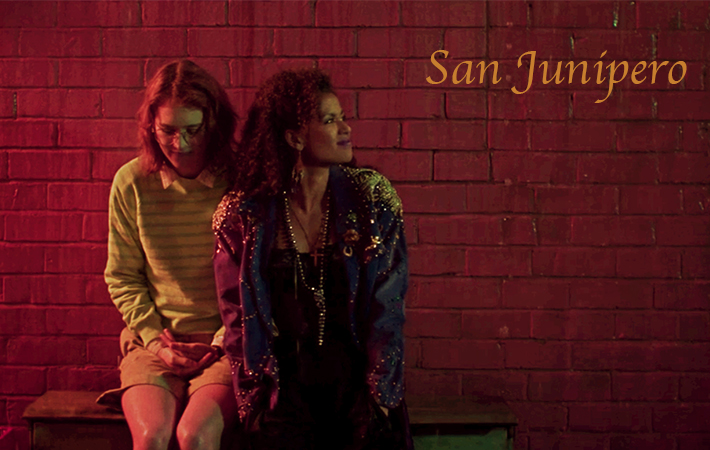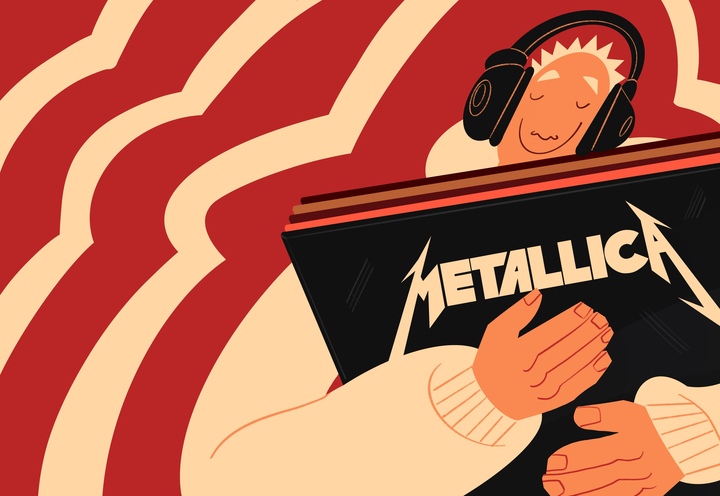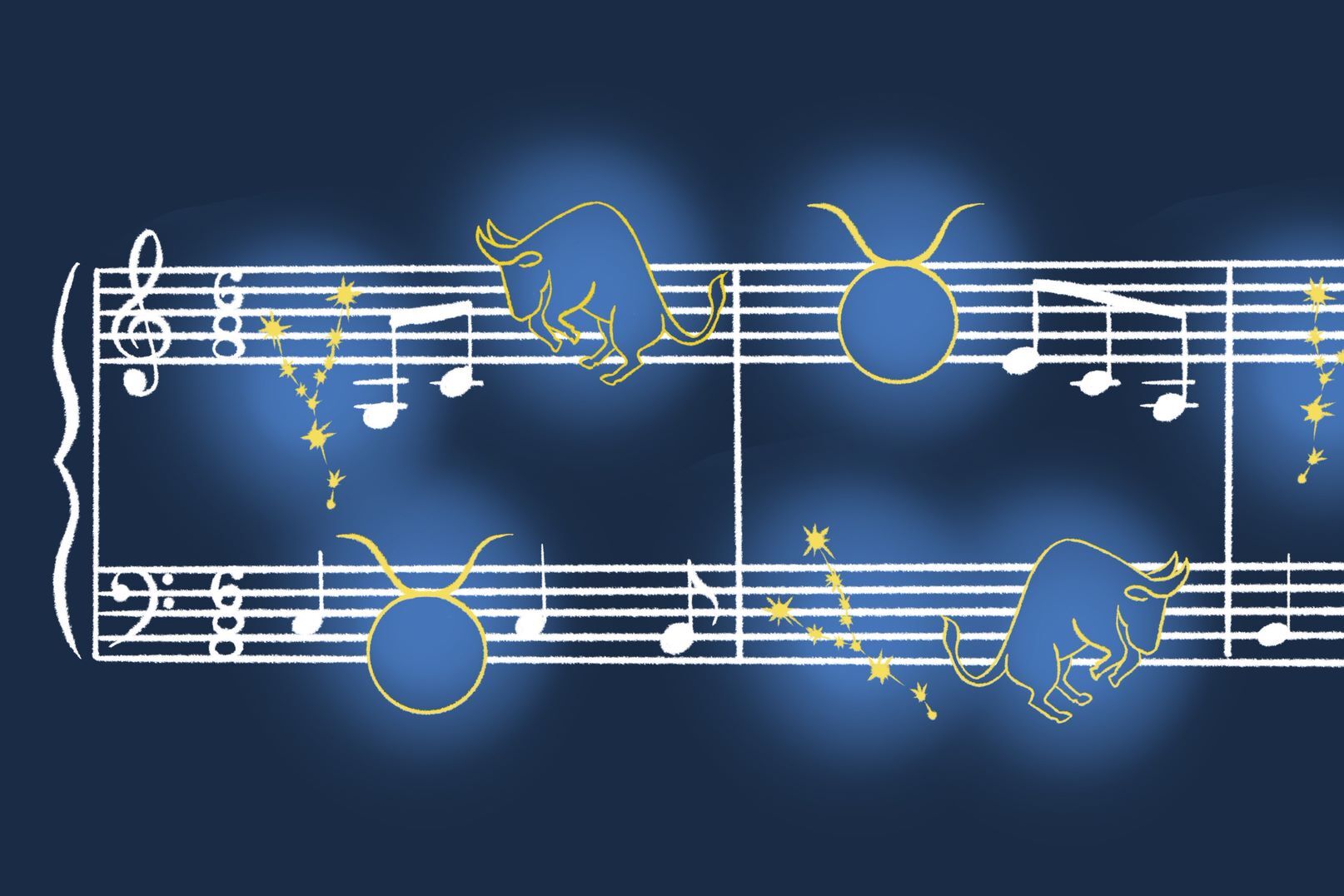Black Mirror is a television show that is written by Charlie Brooker, and was first released in 2011 in the UK. However, with its move to Netflix, it has recently gained a massive following. To quickly sum it up, the show consists of three short seasons of stand-alone episodes that show the dark side of life and technology. It depicts what could happen in a nightmarish future if technology goes awry. It’s dark, intelligent, and shocking.
The third season starts off strong with an episode commenting on social media’s effect on us today and doesn’t stop until the season’s over. The first episode’s main character works on building her likability up to a 5-star rating and while it’s not as frightening as certain episodes of Black Mirror can be, it may just hit a little too close to home. The second episode takes a distressing look at the plethora of smartphone apps and games we can download. The third episode is probably the weakest of the season, especially after considering the ending, and the fifth episode just didn’t grab my attention. It’s another one very rooted in human experience, and specifically focuses on tragedies of the past that people have turned a blind eye too. While the last episode is predictable, it reflects the overall theme of season three: People fighting for worlds that have already come to an end.
2016 was a year full of ups and downs to say the least, but i’ll focus on how it was for queer entertainment. It started with Lexa’s death in The 100 and seemed to spiral out of control from there on out. Bury Your Gays aka Lesbian Death Syndrome became the trope of the year, as queer women were killed off at alarming rates. In fact, queer women made up 1.75% of main/regular characters in television in 2015-16 but 10% of main/regular character deaths. To understand this statistic a little bit more let’s translate it into straight character statistics. It would have meant the death of 736 straight characters compared to the 130 that actually died. Of course, those displeased with the trend don’t want that many straight characters killed off. They just want equal representation.
There have been many movements trying to combat this trope and secure good representation in media, including LGBT Fans Deserve Better, the Lexa Pledge, and the bulletproof vest phenomenon. Though there was some change, queer women continued to die at an astonishing rate on television. 2016, overall, has not been kind to queer characters.
You might have noticed that one episode is missing from the quick synopsis of season three. That is because it is the overwhelming favorite of the season. Amidst this grim dystopian show, a queer paradise has bloomed. The fourth episode of season three stands out from every other episode, as they more often than not end in despair. For seemingly the first time, Black Mirror gave a happy ending to characters that for years had received nothing. It broke through the dismal television landscape, and became one of the few saviors of queer entertainment.
The episode takes place in a town next to the ocean in the 1980s where Yorkie and Kelly quickly develop a powerful bond. The song called “Heaven Is A Place on Earth,” though contextually ironic, can easily give you an insight into just how wonderful this show is and how much of an impact it has had on people. It has a shiny surface, yet hides a lot of depth beneath. Simply put, it’s about human beings and love and dealing with the tragedies of your past.
The technology presented in this episode does not ruin lives as it does in most of the other episodes. It instead gives people the opportunity to live and live fully while they still have the time. It gives people a choice. The twist that is so intelligently constructed is hidden deep in little lines here and there. The necessary information is held at arm’s length until the show lets you in on the secret. When it’s finally revealed, it becomes clear that the concept is strong enough to support an incredible variety of stories. The opportunities are endless.
The episode could easily have focused on a heterosexual couple as was originally planned, but the way it turned out opened up many doors for discussion. First of all, the romance is between the two main female characters: Yorkie and Kelly. Not only are they in a queer relationship, but Yorkie and Kelly are an interracial couple, something that is still lacking on television. This couple would’ve had a very hard time in the 80s were it not for the premise of the episode. Despite the Civil Rights Movement and the Stonewall Rebellion, many fought for equal rights all throughout the 80’s and continue to do so today. Through the magic of fictional technology Black Mirror made it possible to see what it would have been like to have the acceptance we have today, but in a different era.
Furthermore, bisexuality in television is often erased. If a woman is bisexual and she is in a relationship with a man, she is only seen as straight. If she is in a relationship with a woman, she is only seen as gay and that’s just not how bisexuality works. Kelly in San Junipero states that she likes women and men. Though she does not say in blatant terms that she is bisexual, that is the most common definition of what being bisexual entails. It is also possible for her to be a representation for individuals who identify as pansexual or those who think of themselves as sexually fluid.
She is the hero for so many people, young and old, who finally have an image of themselves reflected back at them. Despite the show being fictional, it depicts someone who understands what it’s like to not feel accepted by a large part of society. This is why representation in media is so important. If you are not part of a minority group, it may be easy to overlook because you have seen yourself in media your entire life. Specifically in the queer community, representation has only just begun and there is a long road ahead. Gay men, lesbian women and women who “don’t like labels” are typically the only people who get represented, which ultimately reflects badly on society.
This episode brings to light yet another discussion that today’s society is working through still, as youth is a huge factor in this episode of Black Mirror. It comments on how youth is thought to be the apex of life and how that may or may not be true. A large part of Black Mirror is to make the audience think and bring their own morals and values into the equation, so the answer is up to the viewers.
Black Mirror is classified as both a sci-fi and thriller show and at first glance San Junipero may not feel like it fits in with the rest of the series. While it’s out of the norm for the series, it takes the opportunity to represent people who rarely have the spotlight. That is so important, and it’s the main reason why so many people latched onto this episode with such fierce loyalty. Ultimately, television functions as an escape, as it gives people the ability to get away from their lives for a moment and live in a fictional world. Sadly, these fictional worlds are sometimes preferable to reality. The characters in San Junipero can choose for themselves whether they want to live there, free from a world that has judged them so harshly in the past. For many queer people who have dealt with intolerance, the mere fact that a television show celebrates a character exactly like themselves is monumentally important, and it’s even more significant that no other character on screen takes issue with their sexuality. It builds courage and self-confidence because you realize that it’s possible that people’s mindsets can change regarding issues of equality. It just takes a lot of work. San Junipero is a place of security, love, and hope. Not only for the characters, but for the people watching.
Written by Kenzie Tartaglione



